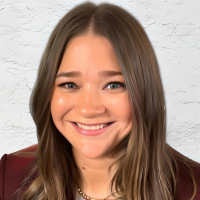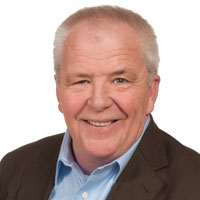Columns
Editor's Note
These aren’t your father’s cordless tools.
Read More
Guest Editorial
Sean Mccreanor: 3 tips for winning government work
Key takeaways from the Infrastructure Investment and Jobs Act.
February 9, 2022
Guest Editorial
Rob Webster: Convenience and efficiency drive top plumbing technology trends
Technology trends contactors can expect in 2022.
February 8, 2022
The Boiler Room
Ray Wohlfarth: Installing a trouble-free condensing boiler
A high-efficiency boiler replacement requires additional planning.
February 7, 2022
SERVICE PLUMBING PROS
Matt Michel: The 8 wants of service plumbers
Addressing consumer wants leads to repeat customers.
February 4, 2022
CONTRACTOR’S CORNER
Dave Yates: Look Ma, no hands
Plumbers should offer products to enhance customers’ health.
February 3, 2022
THE BLUE COLLAR COACH
Kenny Chapman: Build operator confidence by overcoming these mistakes
Don’t fall prey to these confidence killers.
February 2, 2022
HYDRONICS WORKSHOP
John Siegenthaler: Not where I live
Becoming a true hydronics professional is an ongoing process.
January 31, 2022
Dave Yates: Why 120° F is not a safe water temperature for potable water storage vessels
Preventing Legionella while protecting against scalding at points-of-use.
January 10, 2022
Nicole Krawcke: Diversifying the trades
Broadening your recruiting efforts to minority groups can help alleviate labor shortage pains.
January 10, 2022
Keep your content unclogged with our newsletters!
Stay in the know on the latest plumbing & piping industry trends.
JOIN TODAY!Copyright ©2024. All Rights Reserved BNP Media.
Design, CMS, Hosting & Web Development :: ePublishing
















